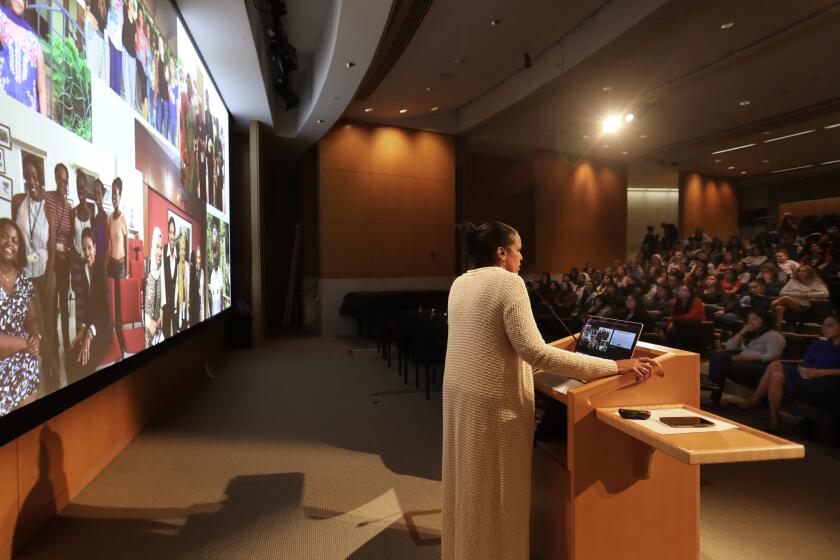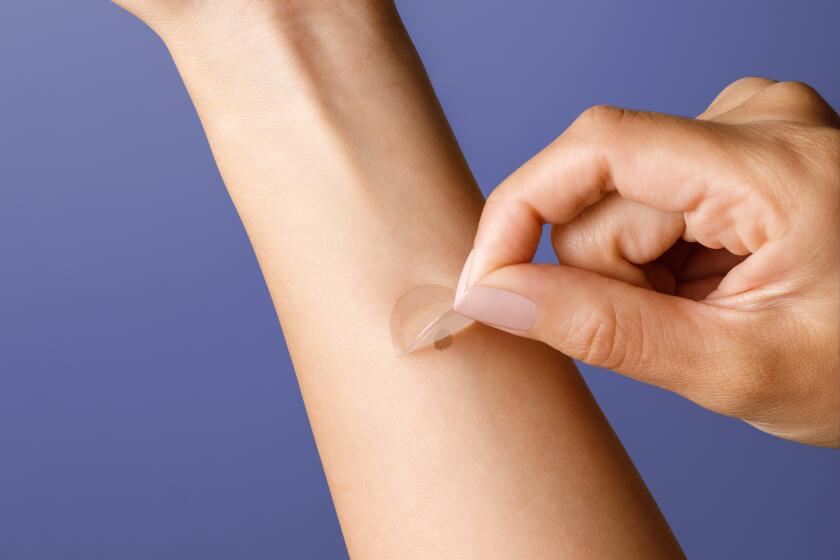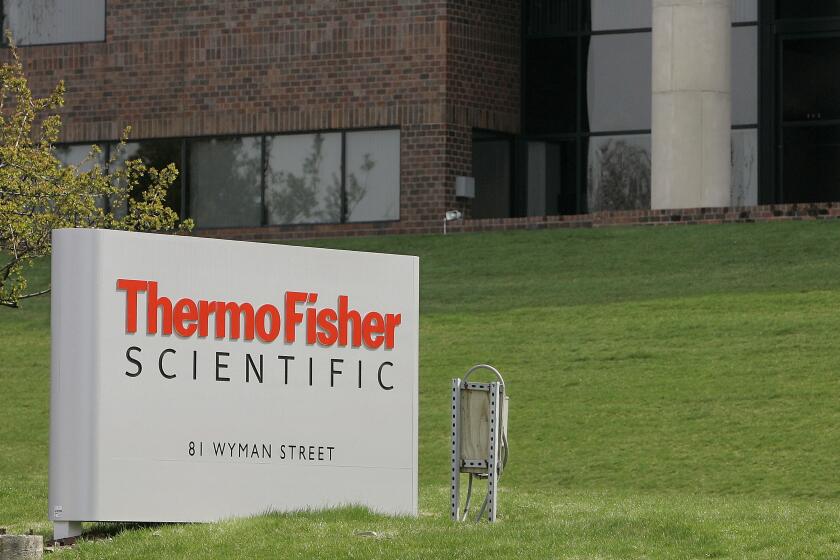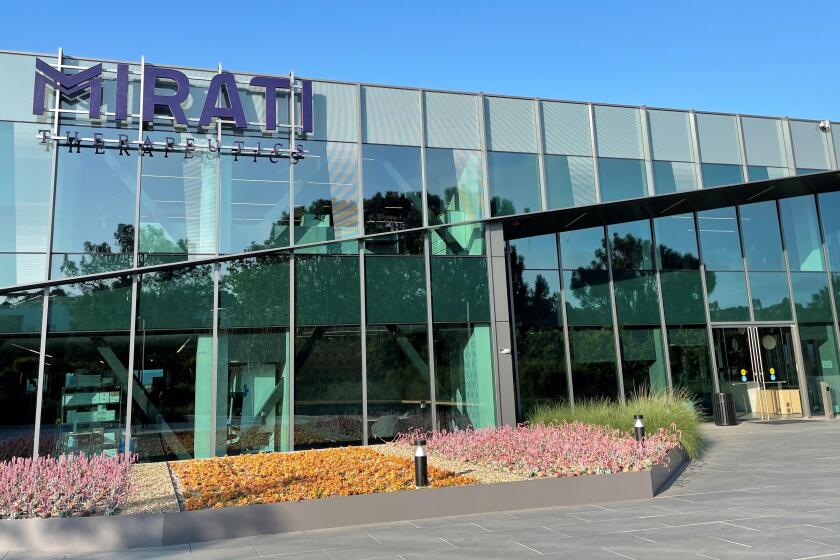Backstory: Treating Alzheimer’s by treating the aging brain
Bradley J. Fikes writes about biotechnology and life science for the Union-Tribune.
In today’s Back Story, Fikes offers more insight into his Page One article about an impending test of an Alzheimer’s drug meant to protect the brain against aging.
Q: How did you come to learn about this research?
A: I’ve been following the work of Salk Institute researcher Dave Schubert since 2005. In 2011, he and other Salk scientists reported the discovery of a compound that in mice protected against the effects of aging on cognition. This was tested both in normal mice and mouse models of Alzheimer’s disease.
Ever since then, I’ve watched the research progress, as the scientists developed more of an understanding of how the drug worked. I also observed the struggle to find a biomedical company willing to invest the money to test the drug in people.
Q: A drug for Alzheimer’s that affects brain aging seems like a roundabout method, and perhaps overly ambitious. Why not just treat the root cause of Alzheimer’s directly?
A: That’s what scientists and doctors have been trying to do for decades, with very little to show for it. Research suggests that a buildup of toxic brain proteins called beta amyloid and tau are fundamental to Alzheimer’s. But numerous tests of amyloid drugs have all failed so far. (Tau drugs are in earlier stages of development.)
So Salk Institute researchers Schubert and Pamela Maher say a less specialized approach is needed; that is, to provide general protection against brain aging. In theory, that should also stave off Alzheimer’s, which is an aging-associated disease.
Q: Did you get the sense from researchers that they’re frustrated they can’t find a direct treatment or cure for Alzheimer’s?
A: They are very frustrated but channel their frustration into more research to find anything that can help. They are more appreciative now of just what a gigantic challenge that is.
Q: Have you talked to patients in the early stages of dementia or family members about their own quests to treat the disease?
A: I’ve talked with researchers whose family members have gone through Alzheimer’s. And philanthropist Darlene Shiley lost her husband, Dr. Donald Shiley, to dementia in 2010. She said the most devastating part of that experience was the day that her husband didn’t know her.
So while thinking of Alzheimer’s disease or other dementias, I keep in mind there are many more harmed than just the patients. Caregivers experience tremendous stress over a prolonged period of time. This is harmful to their own health, and even to their cognition. And in economic terms, the annual cost from Alzheimer’s and other dementias totals $277 billion, according to the Alzheimer’s Association.
Q: How was J147 discovered?
A: Schubert and Maher looked for compounds that protected brain cells, without regard to how they acted. They examined the curry spice turmeric, long sold as a nutritional supplement.
They found that a component called curcumin appeared to have neuroprotective properties. Curcumin also protects against inflammation. In lab tests, it appears to help against certain cancers.
The scientists devised synthetic variations of curcumin and tested them in mice. The most promising was J147. After identifying the compound, Schubert and colleagues worked backward, to find out what the drug did. He reported discovery of J147’s molecular target in January 2018.
Q: So how can I get J147?
A: You’ll have to wait a while. First, the drug is undergoing safety testing by San Diego biotech Abrexa in about 60 healthy volunteers. Abrexa has licensed the drug from the Salk Institute, handing it off from basic research to the clinical development stage.
If the drug passes that initial step, the drug can then be given more extensive testing to search for signs of effectiveness. That will take a while, because Alzheimer’s develops slowly. Also, Abrexa will need to raise money for further testing.
Q: Where can I look for more information?
A: You can email Abrexa at abrexa@abrexa.net. And Schubert’s lab can be found at the Salk Institute’s website at www.salk.edu/scientist/dave-schubert.
Q: What can I do in the meantime to protect myself against Alzheimer’s and other forms of dementia?
A: Keep your brain active by learning new things, doing crosswords or Sudoku. Brains possess neuroplasticity, meaning they can adapt and change with the environment. Some research indicates that those who keep their brains active develop a higher “cognitive reserve” that can compensate to a certain extent for declining brain function.
Read more about cognitive reserve at j.mp/cogreserve.
Science Playlist

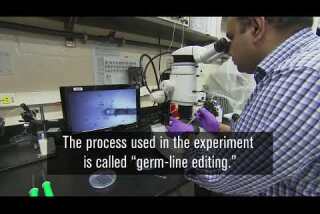
In a first, scientists rid human embryos of a potentially fatal gene mutation by editing their DNA

10 interesting facts about Mars

Kids can add years to your life

LA 90: SpaceX launches recycled rocket

Ocean temperatures warming at rapid rate, study finds
bradley.fikes@sduniontribune.com
(619) 293-1020
Get U-T Business in your inbox on Mondays
Get ready for your week with the week’s top business stories from San Diego and California, in your inbox Monday mornings.
You may occasionally receive promotional content from the San Diego Union-Tribune.


